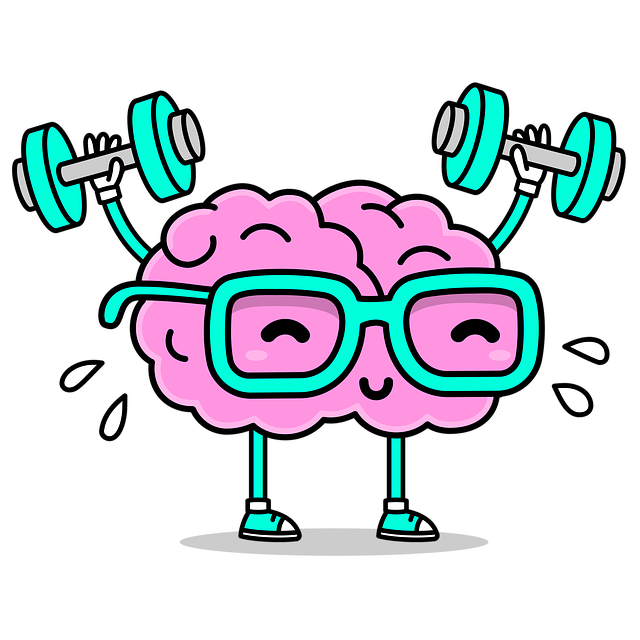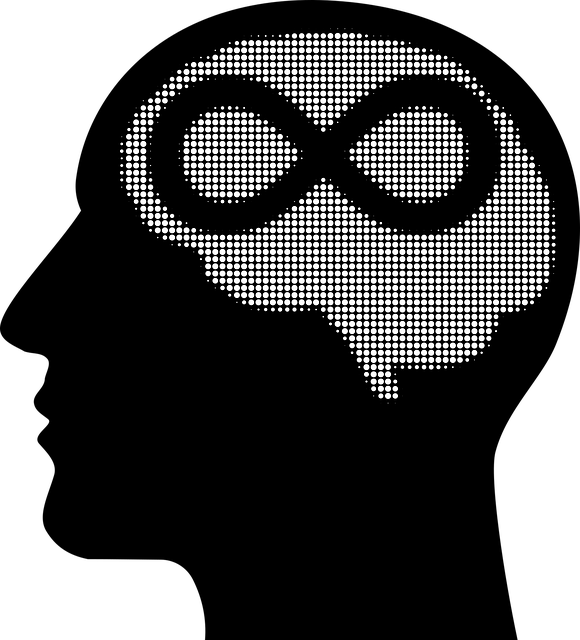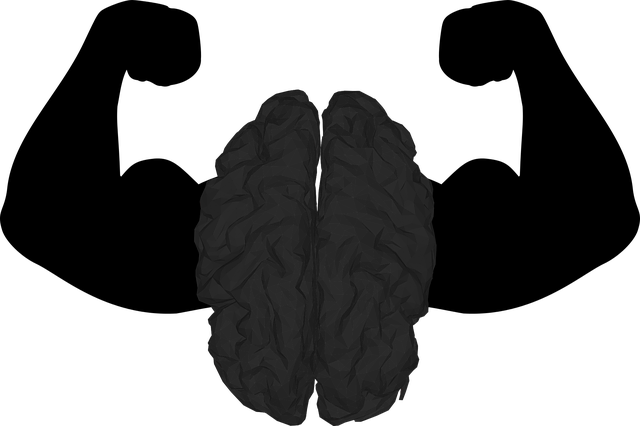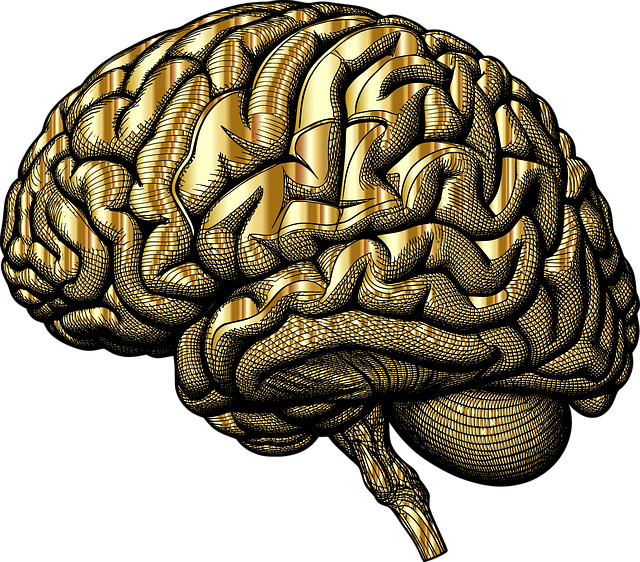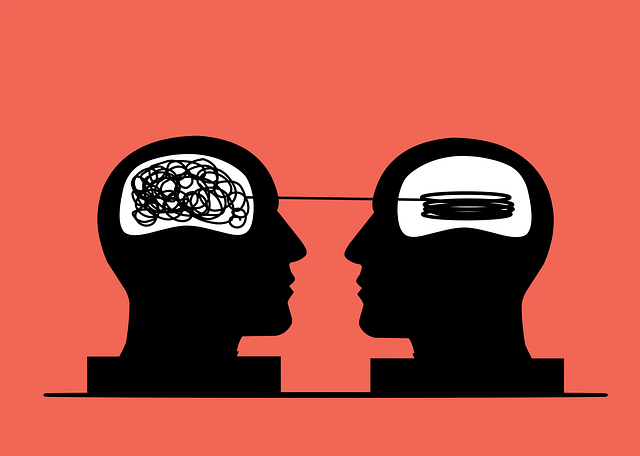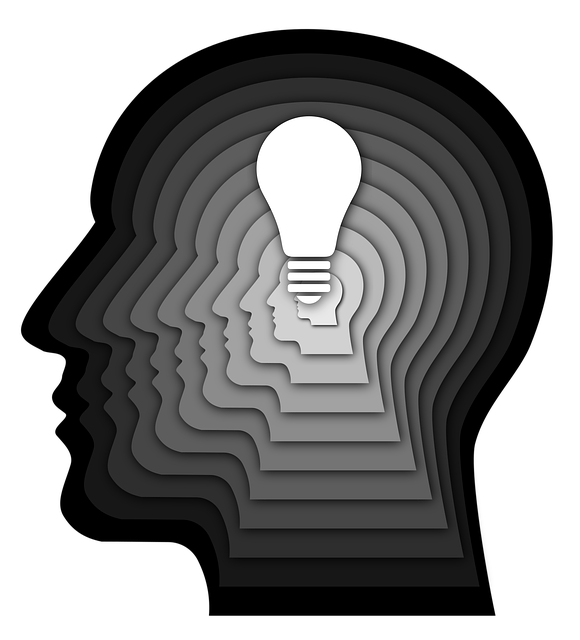Mental illness diagnosis in adolescents is challenging due to life transition-induced biological, psychological, and social factors. Early intervention through targeted therapy focused on emotional intelligence and conflict resolution is crucial. Digital tools, like online therapy and AI assessments, have revolutionized support, enhancing accessibility and accuracy. Enhancing clinical training for mental health professionals improves diagnosis and treatment effectiveness during major life transitions like college or work entry. Evidence-based therapies, such as CBT, build resilience, manage stress, and promote better mental wellness in adolescents.
Mental illness diagnosis accuracy is a critical aspect of adolescent healthcare, yet it remains a complex challenge. This article explores strategies aimed at refining diagnosis in this vulnerable population, focusing on early intervention and prevention as key components. We delve into the integration of technology for better assessment, emphasize the need for enhanced clinical training, and highlight evidence-based therapy approaches to support teens through major life transitions. By understanding these efforts, we can improve outcomes for adolescent mental health.
- Understanding the Complexities of Mental Illness Diagnosis in Adolescents
- The Role of Early Intervention and Prevention Strategies
- Integrating Technology: Digital Tools for Accurate Assessment
- Enhancing Clinical Training and Education for Healthcare Professionals
- Supporting Teens Through Major Life Transitions with Evidence-Based Therapy
Understanding the Complexities of Mental Illness Diagnosis in Adolescents

Mental illness diagnosis in adolescents presents unique challenges due to the complex interplay of biological, psychological, and social factors. During adolescence, individuals often experience significant life transitions—from school to home, or from childhood friendships to romantic relationships—which can significantly impact their emotional well-being. These major life transitions can both mask or exacerbate underlying mental health issues. For instance, anxiety might manifest as performance-related stress in academic settings or as social withdrawal during peer relationship changes.
Effective diagnosis requires a nuanced understanding of these transitional phases and the incorporation of various assessment tools that go beyond standardized questionnaires. Therapies tailored to adolescent teens, such as those focused on emotional intelligence and conflict resolution techniques, have shown promise in enhancing mental health outcomes. Equipping young people with mood management skills can also empower them to recognize and address their own emotional states proactively.
The Role of Early Intervention and Prevention Strategies

Early intervention plays a pivotal role in enhancing mental illness diagnosis accuracy and improving patient outcomes. By implementing strategies targeted at adolescents and teens during major life transitions, we can identify emerging issues before they escalate. Therapy for this demographic often focuses on emotional regulation skills, teaching young people to recognize and manage their feelings effectively. This proactive approach is crucial as it enables professionals to differentiate normal adolescent mood swings from potential mental health disorders.
Prevention strategies aimed at reducing the stigma surrounding mental illness are also essential. Encouraging open conversations about emotional well-being and promoting self-care practices can normalize these discussions, fostering a supportive environment where teens feel comfortable seeking help. In light of these efforts, we can anticipate better diagnostic accuracy, earlier interventions, and ultimately, improved mental health outcomes for young people navigating major life changes.
Integrating Technology: Digital Tools for Accurate Assessment

Integrating technology has emerged as a powerful tool to enhance mental health assessment and diagnosis, especially for adolescents navigating major life transitions. Digital platforms offer a range of resources, from online therapy sessions to sophisticated AI-driven assessment tools. These innovations allow for more accessible and comprehensive evaluations, ensuring that teens receive accurate diagnoses and tailored treatment plans. With the rise of remote therapy and virtual support groups, adolescents can now access professional help regardless of geographical barriers, which is crucial during formative years when stress reduction methods and burnout prevention strategies become increasingly vital.
Additionally, technology facilitates continuous monitoring of mental health through wearable devices and mobile applications that track sleep patterns, physical activity, and mood changes. These data provide valuable insights for healthcare professionals, enabling them to detect early signs of deteriorating mental well-being. By combining these digital tools with traditional assessment methods, therapists can better understand the unique challenges faced by teens during life transitions, fostering resilience building and more effective interventions.
Enhancing Clinical Training and Education for Healthcare Professionals

Mental health professionals play a pivotal role in accurately diagnosing and treating mental illness. Enhancing clinical training and education is a critical component in improving diagnosis accuracy. This involves equipping healthcare providers with up-to-date knowledge on various disorders, including those commonly affecting adolescent teens during major life transitions. Specialized training programs can focus on the unique challenges presented by young adults navigating changes like starting college or entering the workforce.
Effective training should incorporate interactive sessions, case studies, and role-playing exercises to enhance practical skills. Stress management workshops and communication strategy sessions are valuable additions, enabling professionals to better support patients’ emotional well-being and foster open dialogue. By incorporating these educational initiatives, healthcare systems can ensure that mental health practitioners are prepared to provide more precise diagnoses and effective therapy for adolescent teens during significant life shifts.
Supporting Teens Through Major Life Transitions with Evidence-Based Therapy

Supporting teens through major life transitions is an essential aspect of enhancing their mental wellness. Adolescence is a period filled with significant changes, from academic shifts to identity formation and social dynamics. Evidence-based therapy plays a crucial role in guiding young individuals during these transformative years. Therapies tailored for adolescent teens focus on building resilience, which is a key factor in navigating life’s challenges. By employing strategies such as cognitive-behavioral therapy (CBT), professionals can help teens develop coping mechanisms to manage stress and anxiety associated with major life transitions.
This approach not only improves their mental health but also fosters a sense of stability and self-efficacy. In the context of mental health policy analysis and advocacy, recognizing the impact of early intervention is vital. Initiatives that promote access to therapy for adolescent teens during life transitions can significantly contribute to public health by preventing or mitigating mental illness. Resilience building is a core component of these efforts, ensuring that young people are equipped to handle future challenges, fostering overall mental wellness.
Mental illness diagnosis in adolescents is a multifaceted challenge that requires integrating early intervention, technology, and enhanced clinical training. By leveraging digital tools for accurate assessment, improving healthcare professional education, and providing evidence-based therapy tailored to teens’ major life transitions, we can significantly improve diagnostic accuracy. These efforts not only benefit individual adolescents but also contribute to a healthier, more supportive society for young people struggling with mental health issues.


